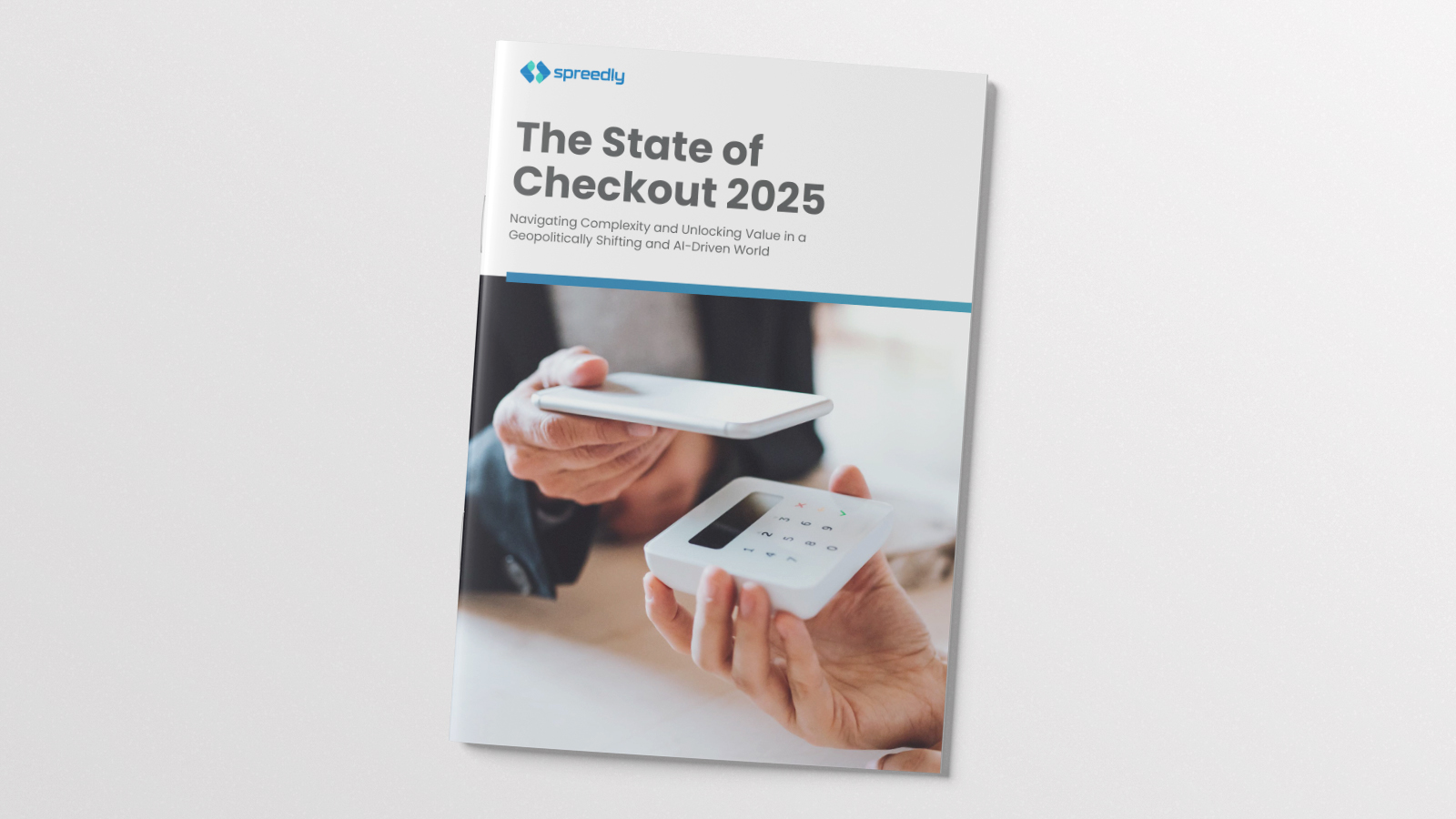
Let’s be blunt, shall we? If your 2026 development roadmap looks anything like your 2025 roadmap, you’re already behind.
The solution isn't just more tools; it's sharp insight and clear instruction. Our new guide, State of Checkout 2025: The Executive’s Guide to Payments Risk and Resilience, cuts through the complexity with data straight from the front lines of commerce.
Talker Research surveyed 500 senior U.S.-based executives (VP and above) across key B2C sectors, including retail, travel, manufacturing, and financial services on our behalf in August 2025. We captured their immediate priorities and biggest fears. The results are in, and they paint a picture of a payment landscape dominated by the dual challenges of infrastructural fragility and emerging AI risk.
The unbearable weight of staggeringly fragile checkout pages
How much is your checkout flow costing you? Brace yourself: One in four companies report losing over $1 million annually at online checkout.
And if you think sophisticated cybercrime is eating that revenue, think again. The top drivers of this substantial revenue drain aren't always fraud; they are consumer-driven failures rooted in inadequate infrastructure. All that to say, it’s your checkout page.
The two biggest culprits are:
- 29% said they had issues with customer abandonment
- 28% said that 'payment method not supported' resulted in cart abandonment
It turns out that if you can’t complete the transaction successfully or offer the right breadth of payment options, you lose the transaction. And, if you’re an executive in manufacturing or financial services, you are statistically the most likely to be facing this multi-million dollar leak.
Beyond these top drivers, checkout failures are also caused by network/service downtime (17%) and outdated card credentials (12%).
Time to pay attention to your checkout page and reduce that friction!
The engineering time tax: stop paying to stand still
Your biggest internal asset—your engineering team—may be trapped in a whorling morass of fragile payment stack maintenance.
A meaningful share of companies report dedicating a quarter or more of engineering resources to payments upkeep. This "payments time tax" is the equivalent of ten full-time engineers in a 40-person team focused purely on keeping the lights on.
Executives consistently identified the need for more time or resources to deliver new functionality and prioritized development initiatives like Payment Optimization (the management of payment failures and authorization rate improvement) and focusing on the resiliency of the payment stack.
You can’t afford to allocate scarce engineering talent to endless payments upkeep.
The AI paradox: excitement meets existential dread
Executives are genuinely excited about the future: 83% believe that by 2027, most payments will be initiated, optimized, or completed by artificial intelligence (AI).
But this excitement is paired with profound fear. Executives are openly questioning whether layering AI onto fragile flows will introduce new, potentially fatal, complications.
Their top concerns regarding AI making payment decisions are practical and rooted in risk management:
- Losing control/transparency about who the customer is (22% to 23%).
- Compliance and regulatory risk (21% to 22%).
- The pain of false positives (blocking legitimate revenue) leading to lost sales (20% to 22%).
- Erosion of customer trust (20%).
- Losing access to market directly to consumers (22%).
These concerns are far from irrelevant, as securing payment methods/vaulting and managing regulatory/compliance needs are frequently cited development initiatives.

Resilience is the only policy
Payments resilience isn't optional. It’s an urgent, actionable strategy that many organizations are already adopting to counter infrastructural shortcomings.
To mitigate trade risk and provider disruptions, 40% of executives have recently implemented multi-country checkout flows.
Other resilience strategies include adding redundant fraud tools (36%), localized flows (34%), and backup gateways (33%).
Furthermore, embracing advanced optimization strategies shows clear ROI: organizations adopting agentic checkout expect significant cost reductions, with 35% anticipating savings of 10% or more, and another 34% expecting less than 10% savings. Only 13% expect higher costs from this powerful optimization approach.
Whether you’re dealing with the massive friction faced by travel brands (who experience more than double the cross-border and FX friction of other industries) or trying to leverage the momentum of digital wallets and Pay by Bank options favored by retailers, you need an ecosystem built for resilience, not patchwork fixes.
Ready to adjust your 2026 development roadmap? Stop settling for unnecessary failures and start building a future-proof payment ecosystem by implementing payment orchestration and focusing on maximizing transaction success.
Download the State of Checkout 2025: The Executive’s Guide to Payments Risk and Resilience today and learn how to optimize your current payments stack to secure cost savings and higher authorization rates.



